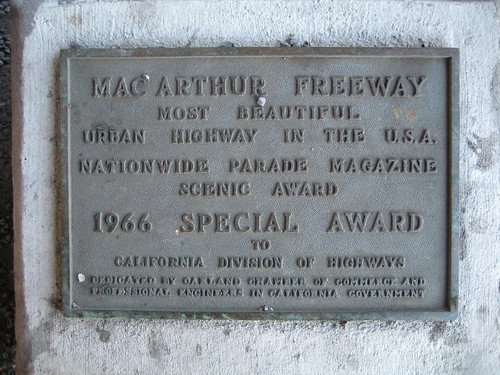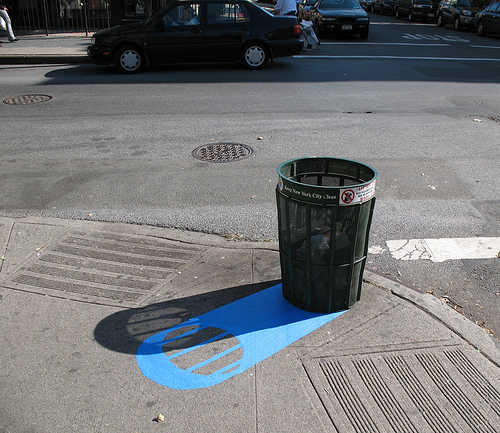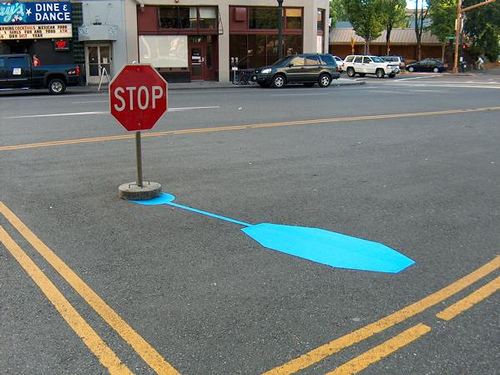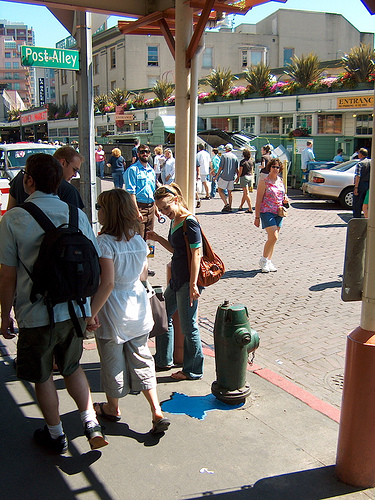This blog is now a month old, and is still very much in its infancy. Like any infant, it is developing at a rapid pace, and its father (i.e., me) is still trying to figure out how to raise it. One problem I’ve encountered as I try to shape this little creature is the dilemma of how often to post, and how high to set the bar for whether a particular subject is blogworthy.
The flexibility inherent in the blog form, which allows bloggers to post as frequently or infrequently as they want, at whatever length they want, with as much or as little substance as they want, allows for a great sense of freedom and possibility. No copy editor will demand that 200 words be chopped from a post to fit the alloted space, and no email will arrive telling you that we are very sorry, but your piece is not quite right for our publication, and we wish you the best of luck finding a different outlet for it.
Such freedom and flexibility is, however, a curse as well as a blessing. A form of analysis paralysis can occur, in which the large number of options actually makes it harder to choose one. Studies suggest that when people are given a limited number of choices (for example, when shopping in a supermarket for laundry detergent or orange juice), then they have an easier time making a decision and they will be more likely to be satisfied with their decision afterwards. If they are given too many choices, then they have more trouble coming to a decision, and they are less likely to be happy with their decision afterwards. This, I believe, applies to a lot of things in life; for example, it may help explain why so many people in this land of opportunity have so much trouble settling on a career path and end up dissatisfied with whatever they end up settling on. (Or maybe I’m just projecting?)
The blog form demands that bloggers make a lot of choices. First of all, how often to publish? Some blogs are updated dozens of times a day, with link after link to funny videos, indignant rants, newsworthy articles, pretty pictures, etc. Other blogs are updated once a day or even once a week, with considered, essay-like posts about a specific topic, or personal memoir serialized in blog form, etc. Neither style is better than the other per se — it all depends on the preferences of the blogger, the preferences of the particular readers that he or she is writing for, and the preferences of potential readers that he or she hopes to attract.
How often to post isn’t the only dilemma, or even the hardest one. There are many other choices to be made: what topic or set of topics should I write about, and how limited in scope should I make the topic or topics? How trivial does a particular post have to be in order to fail the Elaine Benes “blogworthiness” test? Should I write short and sweet posts that communicate my points in distilled form, or should I elaborate my thoughts in short essays? If I see a clever or wise or outrageous video on YouTube, should I share it with my audience, or should I restrict myself to (mostly) original content and leave the YouTube linking to others?
To make things more complicated, different readers will have different needs. To return to the metaphor that began this post, some people — the infant’s grandparents, say — will eagerly welcome any new information about the baby. Other people — acquaintances and neighbors, say — may roll their eyes if they are asked to look at yet another set of pictures of the baby.
You can’t aim to please everyone, of course, and the best solution to these dilemmas is probably to forget about what your audience wants, and simply post what you want to post. If you lose some readers because they don’t like the subject or style or frequency of your posts, then so be it. If new readers come to your blog because the like the subject or style or frequency of your posts, then so be that too. That’s excellent advice, but all I can say is: easier said than done — I wouldn’t be writing this if I didn’t hope that people would read it, so I can’t help but think about whether a post I’m writing will excite the crowd or bore them to death (including metaposts such as this one).
To a great extent, the blog form allows these issues to resolve themselves. It might annoy an acquaintance to receive 10 emails a day with updates about the baby’s latest activities. It might annoy a neighbor to be accosted on the sidewalk every day and asked to look at a new photos of the baby. One wonderful thing about the internet is that is allows readers to define their own parameters for how often they want to look at a blog, how closely they want to peruse the posts, whether or not they want to click on the links that are offered, or play a YouTube video that is displayed. The burden of decision-making falls on readers as well as blogger, so the blogger can feel some of that weight lifted from his or her own shoulders and go about his or her blogging without worrying (at least not too much) about playing to the audience.
All of this is a meandering way of explaining that this blog is still very much a work in progress, and I am groping somewhat blindly for a style that works for me, and will, I hope, work for readers as well. All of this is also a long windup for saying that I have decided to address some of these issues by adding a section to the sidebar at the left of the blog, labeled “Marginalia.” It is a kind of compromise: If I want to write something, but worry that it is not blogworthy enough to turn into a full blog post, then I might write it there. Or if I read an article, or see a video, and think that some of my readers might get something out of it, then I might put a link to it there. If I’m out and about away from my computer, but have something to say, then I can might post something there from my mobile phone. “Marginalia” is just a Twitter stream that I have created for this purpose, so if people who read this blog through a feedreader want to see what I post under “Marginalia,” they can follow my Twitter feed or just check back here occasionally — as I write this, there is only one thing there, but “Marginalia” will show the previous five or so items in my Twitter stream. (And the single Twitter item only seems to be showing up sporadically on the blog, so I may have some technical problems to work out before this works reliably.)
Now that I’ve gotten all that metablogging out of the way, it’s onward to month two, and I promise that this blog won’t become a blog about writing a blog, which would be too recursive even for me.







